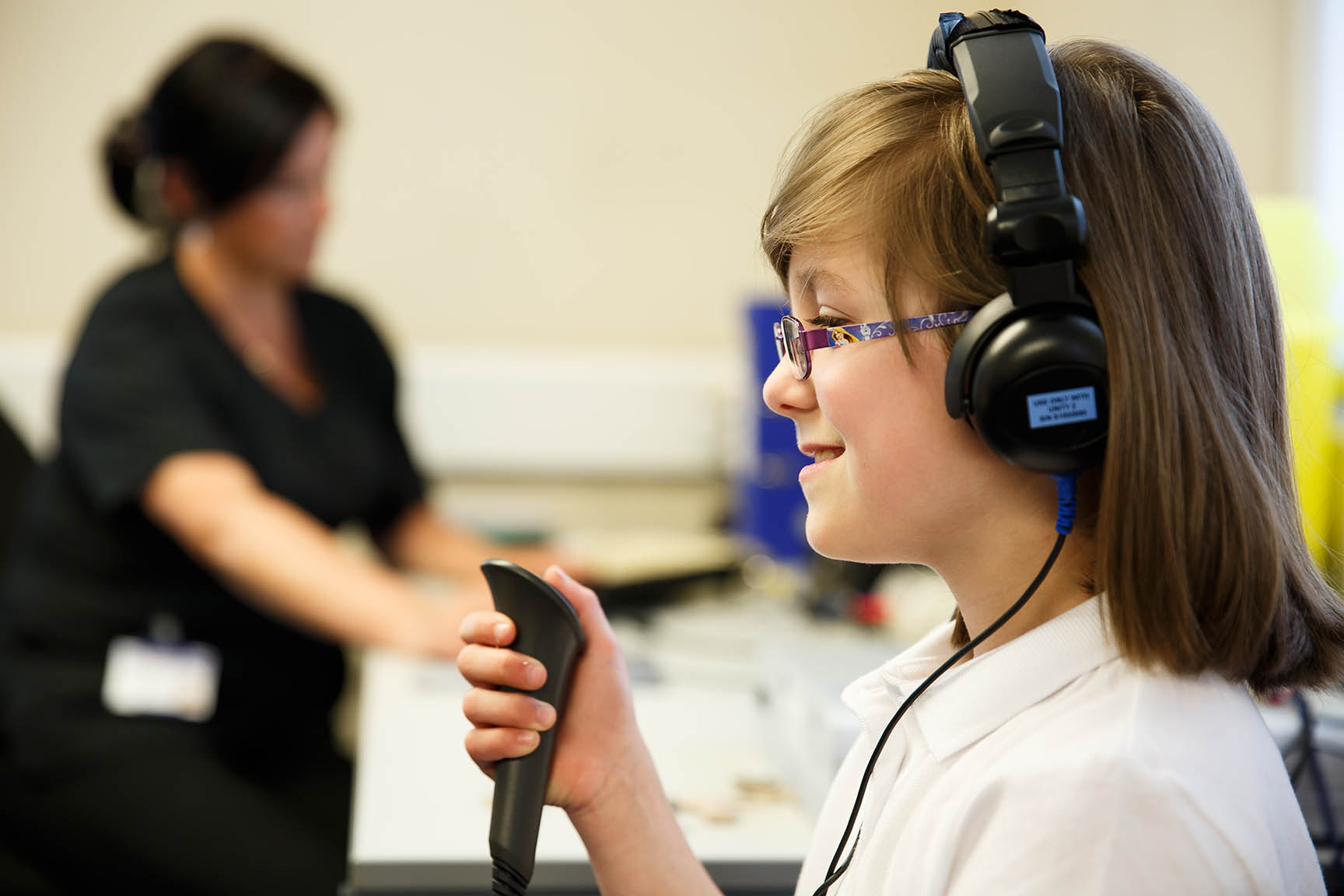The COVID-19 virus was the first of its kind, and it laid waste to schools all over the world. The crisis has been linked to what many are calling the biggest paradigm shift in education since the Industrial Revolution – the rise of e-learning.

In an attempt to combat COVID-19, schools, colleges and universities have closed their doors and governments have urged people to stay home for a period of time.
As education systems around the world have undergone a radical change, teachers were having to adapt to new methods of teaching. The rise of e-learning has resulted in fewer children going to school in person, and more and more lessons taking place at home via tablets, laptops, smart phones and other devices.
This has created a shift in the dynamics of the classroom, with both teachers and students now being able to interact from a distance. It’s a new way of learning, but it’s an effective one: in many ways, it even better prepares students for their future careers.
Teachers themselves have also had to evolve with the times: instead of spending hours teaching a room full of students, they now prepare lessons that can be accessed anywhere by anyone.
Many institutions have adapted to using a variety of mediums including but not limited to:
- Skype/Zoom/Google Classroom sessions
- Videoconferencing facilities
- Live chat
- Email correspondence
This was seen as a huge step forward for education.


